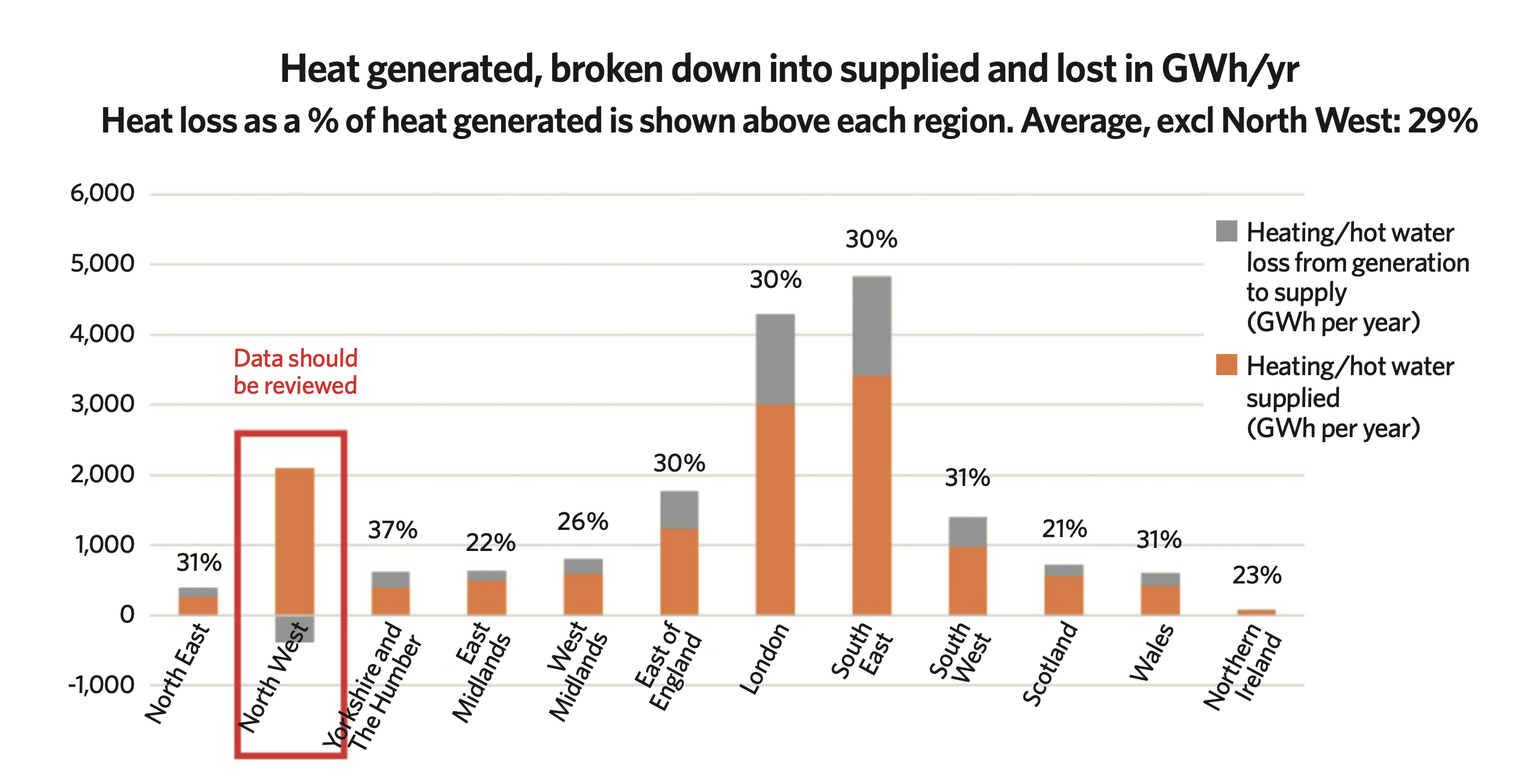
Government plans for the expansion of heat networks must go further to encourage their decarbonisation, CIBSE has said in its response to the heat network zoning (HNZ) consultation, which closed on 26 February.
The HNZ consultation is part of wider changes and proposals, including the December proposals for heat networks in the Future Homes and Buildings Standards (FHS/FBS) and the upcoming regulation of heat by Ofgem. As part of this, the Department for Energy Security and Net Zero (DESNZ) is creating a Heat Network Technical Assurance Scheme, and networks will have to meet its criteria to be allowed to operate.
The current proposals allow for the continuing development of high-carbon networks for years to come, but without doing enough to support their decarbonisation, said CIBSE, which called for the decarbonisation of existing and planned networks to be addressed. It noted that, based on the current data available through the heat metering regulations, 91% of the UK’s 11,847 networks currently use natural gas or oil as their primary fuel. CIBSE also noted that, based on DESNZ data about the pipeline of heat networks, more than 45% of heat network expansions in the pipeline are proposing gas – for boilers or combined heat and power (CHP) – as their primary fuel. However, neither consultation sets out a clear expectation and reasonable timeframe for decarbonisation of heat networks, said CIBSE.
Zoning
The HNZ consultation is significant: in zones identified by a new ‘central authority’ and local zone coordinator, new buildings, existing communally heated buildings, and some existing non-domestic, non-communally heated buildings would have to connect to the heat network. A national zoning methodology would determine which areas are suited to a heat network in terms of value for money and deliverability. It is not clear at this stage how the methodology would assess networks against alternatives, in terms of carbon impacts and costs to consumers. CIBSE does not agree that the main counterfactual to heat network zoning is ‘do nothing’ (as is the case in the heat zoning consultation’s impact assessment), and said there needs to be a focus on other options for heat decarbonisation: ‘This is the real test of whether heat networks offer a cost-effective decarbonisation option,’ it said.
CIBSE is concerned that carbon performance and costs to heat-network consumers did not appear central to the current zoning proposals: for buildings that have to connect to a network, exemptions on grounds of carbon performance and consumer protection are unclear, while they were more prominent in the 2021 consultation, said CIBSE. ‘It is a serious risk to carbon emissions reductions, and to consumers. This must be revisited,’ it said.
CIBSE agrees that building owners should be able to apply for exemptions to connection on grounds of capital cost and timing, but said there must also be exceptions for low carbon buildings. High operational costs for consumers of a heat network must also be a reason for exemption.
Carbon limits
While CIBSE welcomes the fact that networks within a heat zone would have to meet minimum carbon content of heat criteria, it has concerns about the carbon emissions methodology used to demonstrate these criteria, which risks ‘significantly underestimating and misrepresenting the operational carbon impacts of heat networks’.
First, it said the methodology proposes to use a carbon factor for CHP-generated electricity of 304g/kWhe– this is much higher than the current grid average, and is only exceeded by the grid for a small number of hours in the year (eg, around 30-40 hours in 2030, according to data from Carbon Intensity). This means the methodology would attribute benefits to CHP-generated electricity that are unlikely to be realised in practice, and even less so in the future as the Grid continues to decarbonise, said the response.
Second, the methodology does not include secondary losses in the distribution system, which could mean the underestimation of emissions, added CIBSE. While secondary systems are often under different ownership and responsibility, the secondary losses must be accounted for in one way or another, as losses are often significant, contributing to energy waste and overheating in communal parts, said CIBSE. The record of heat networks under the heat metering regulations showed 29% losses on average, even in communal rather than district networks.

DESNZ should provide a trajectory of carbon limits applying to heat networks, so that networks are encouraged to take early measures before being required to do so, said CIBSE’s response, which also called on government not to wait until the mid-2030s, as proposed, to develop low carbon standards for networks. It proposes standards are created as soon as possible given the significant time lags between planning and operation of heat networks, and would welcome dialogue with DESNZ, as it believes CP1 Heat networks: Code of Practice for the UK could play a role in this.
Public register
CIBSE’s recommendation for the HNZ and the FHS/FBS is to create and maintain a public register of networks, which would be operated by organisations independent from heat networks’ interest. According to CIBSE, this should be publicly available and independently audited, and be the single source of information for any policy relying on operational performance of networks, including Building Regulations, zoning, funding, and so on.
The register should have information currently included in the heat metering register, and have additional data on individual networks – including energy use per fuel – allowing analysis of primary and secondary losses, and carbon content of heat, said CIBSE. It added that this is not the case currently, with the heat metering register providing information on the heat generated and supplied, and on the type of fuel used, but not its amount, preventing an estimate of energy efficiency and carbon content of heat.
The upcoming regulation of heat by Ofgem creates the perfect opportunity to address this, added the Institution, and it would be happy to discuss this with DESNZ.
